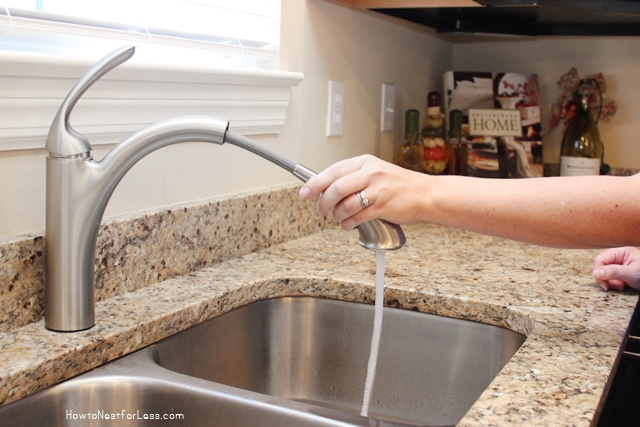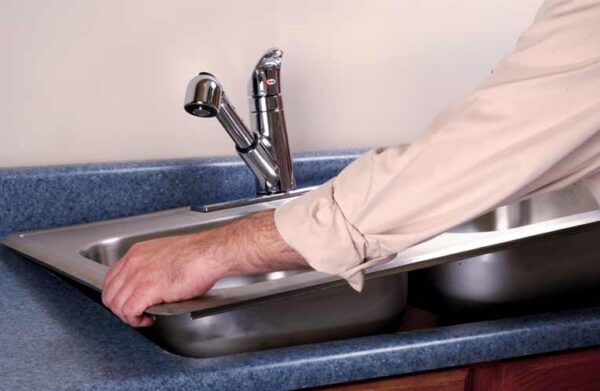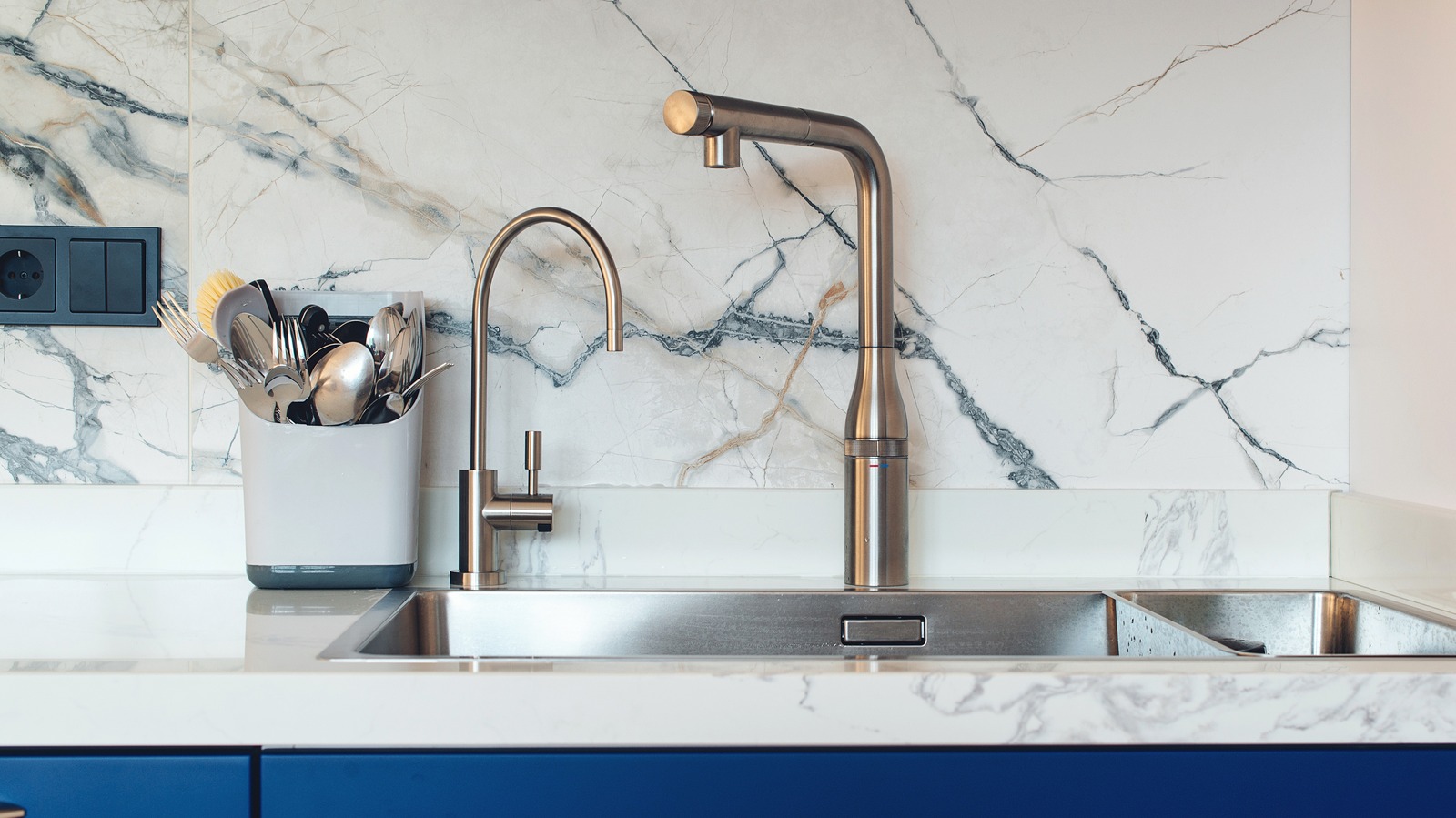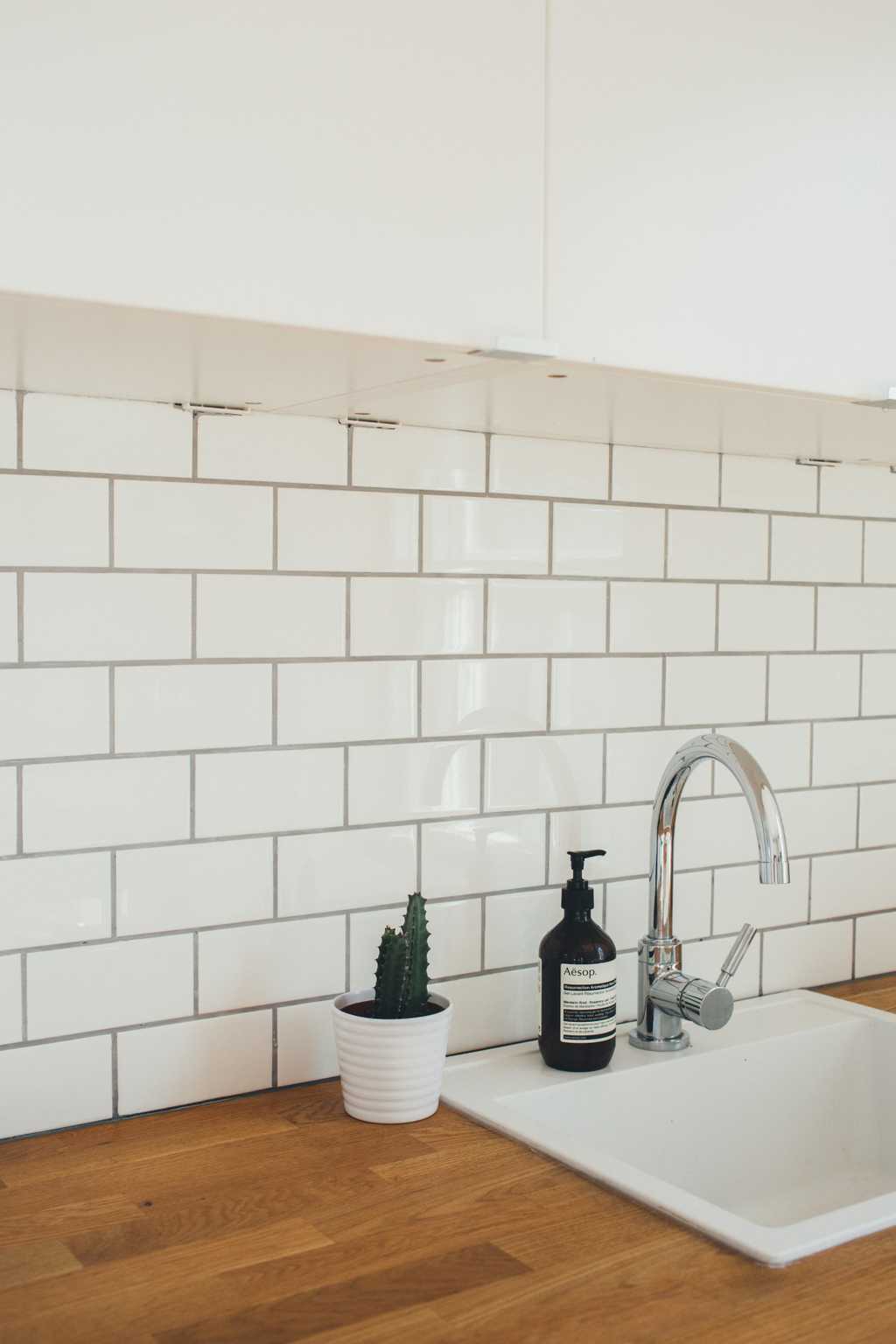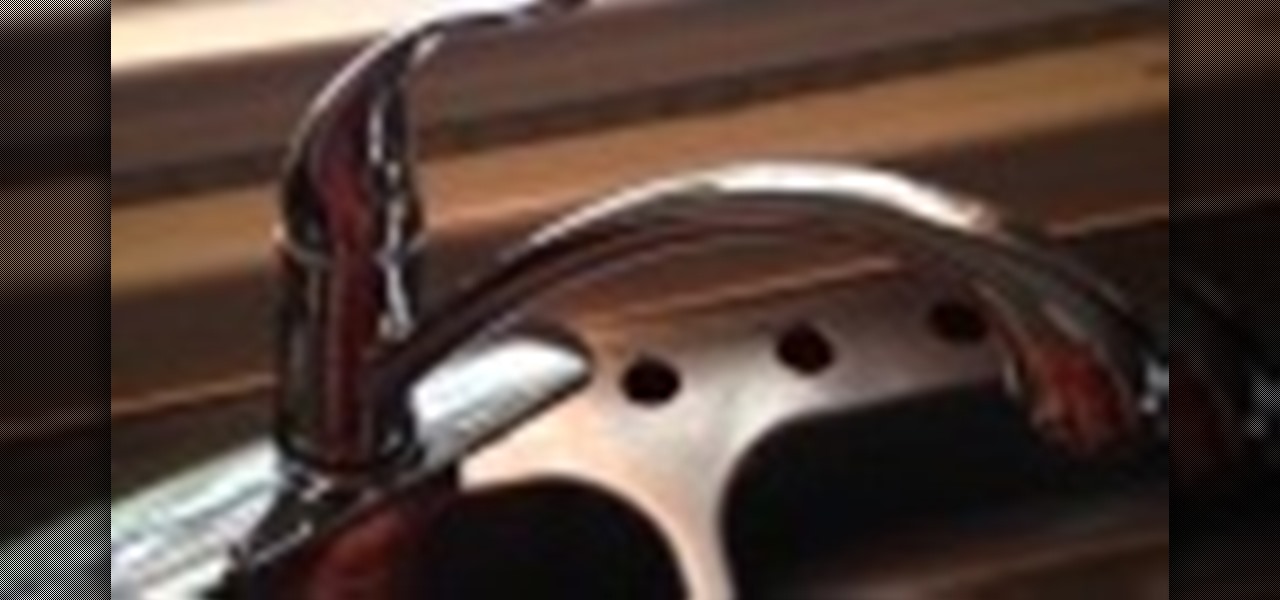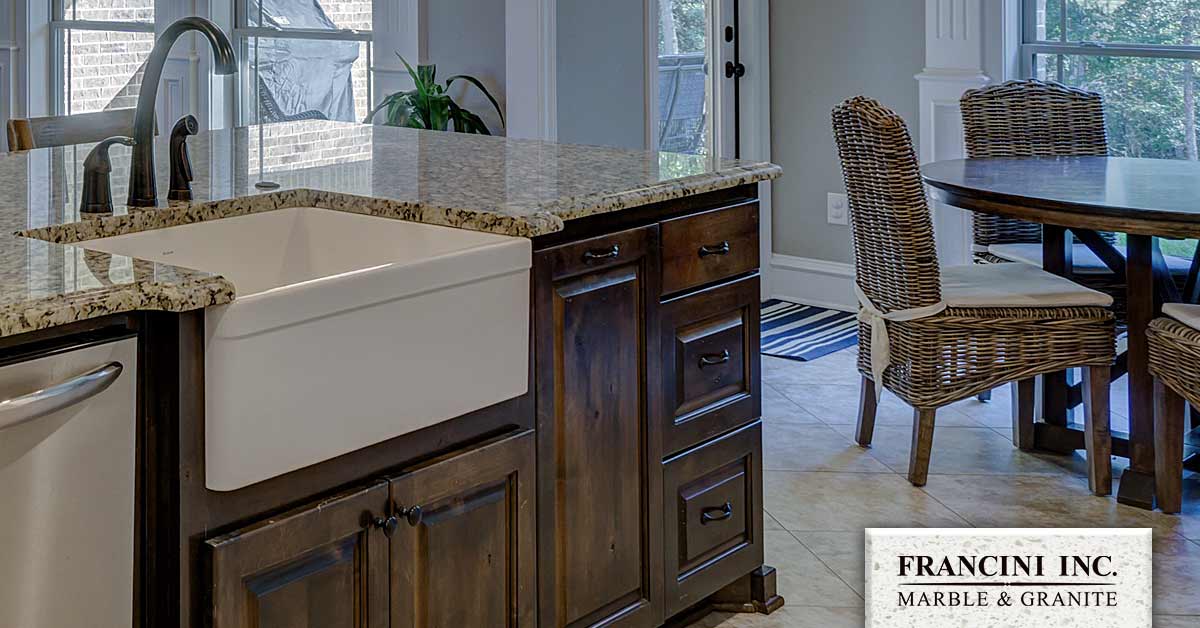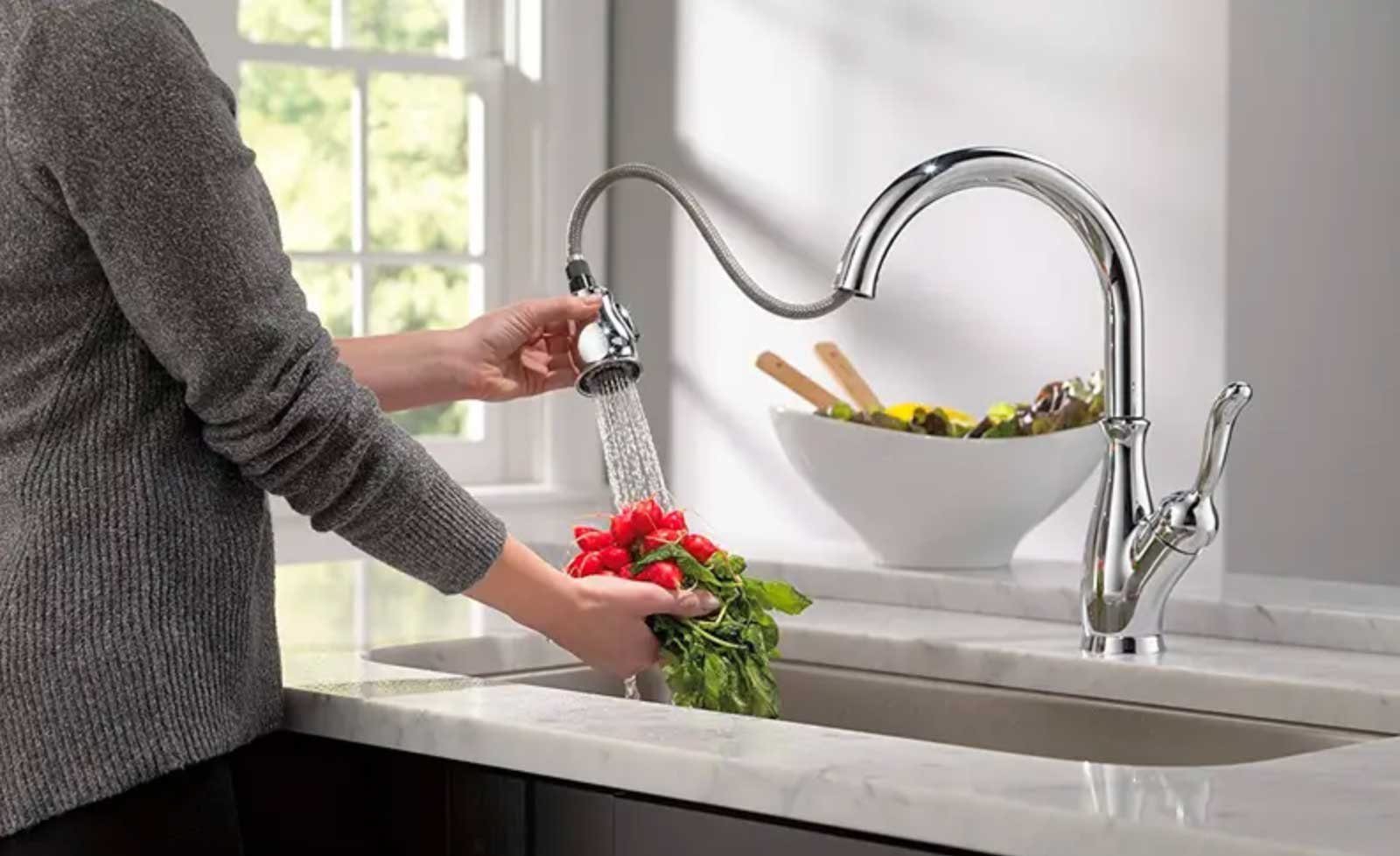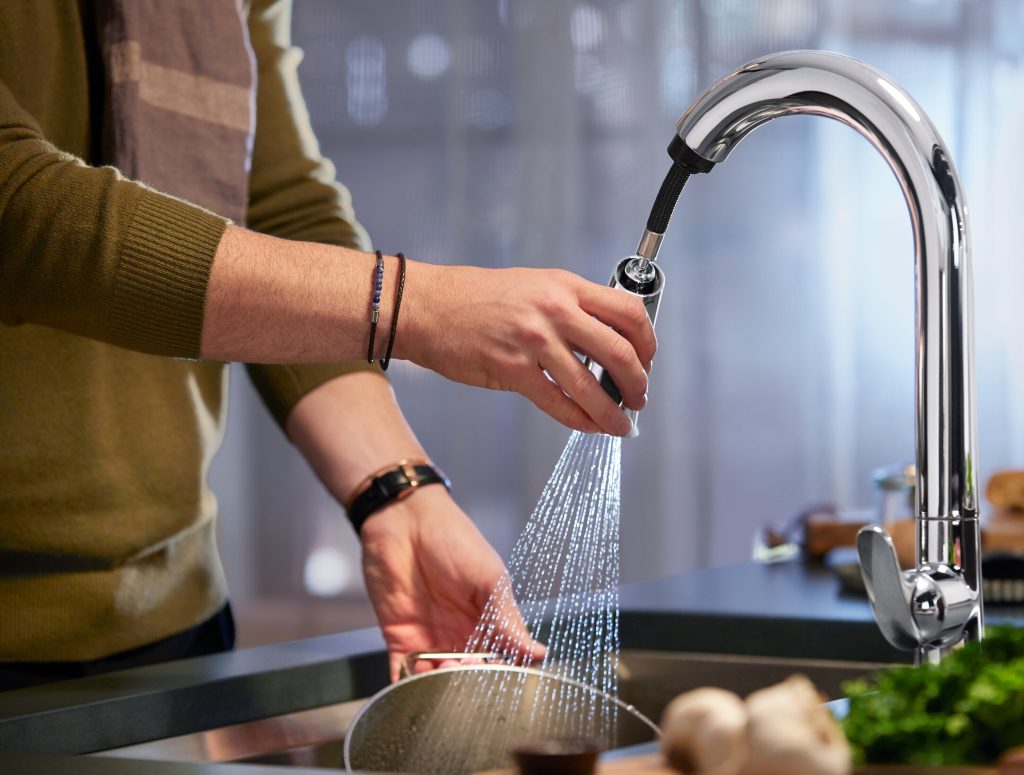If you're looking to update the look of your kitchen or simply need to replace a worn out faucet, installing a new kitchen sink faucet is a great DIY project that can easily be done in a few hours. With the right tools and materials, you can have a functional and stylish faucet in no time. Follow this step-by-step guide for a successful installation.How to Install a Kitchen Sink Faucet
Before you begin, make sure to turn off the water supply to your sink. This can usually be done by turning off the valves under the sink or by turning off the main water supply to your home. Once that's done, you can start the installation process. Step 1: Remove the old faucet. Use a wrench to loosen and remove the nuts and bolts holding the old faucet in place. Once the faucet is disconnected, lift it out of the sink. Step 2: Clean the sink area. Use a mild cleaner to remove any residue or dirt around the faucet holes. This will ensure a clean surface for the new faucet to be installed. Step 3: Assemble the new faucet. Follow the manufacturer's instructions to put together the faucet, making sure all the necessary parts are included. Step 4: Place the new faucet in the sink. Carefully insert the faucet through the holes in the sink, making sure it is centered and straight. Step 5: Secure the faucet. Use the nuts and bolts provided with the new faucet to secure it in place. Use a wrench to tighten the bolts, but be careful not to over-tighten them as it can damage the sink or faucet. Step 6: Connect the water supply. Use flexible supply lines to connect the hot and cold water valves to the corresponding sides of the faucet. Make sure the connections are tight to avoid any leaks. Step 7: Turn on the water supply. Slowly turn the water supply back on and check for any leaks. If there are no leaks, your new faucet is ready for use!Step-by-Step Guide for Installing a Kitchen Sink Faucet
Installing a kitchen sink faucet can seem intimidating, but with the right tools and materials, it can be a simple DIY project. Not only is it a cost-effective option, but you also have the satisfaction of completing the installation yourself. Before you begin, make sure to research the type of faucet you want and gather all the necessary tools and materials. It's also a good idea to watch video tutorials or read step-by-step guides to get a better understanding of the process.DIY Kitchen Sink Faucet Installation
Tools: Adjustable wrench, pliers, screwdriver, basin wrench, plumber's tape Materials: New faucet, flexible supply lines, cleaning solution, rags or paper towels Tips for Installing a Kitchen Sink Faucet 1. Make sure to read the manufacturer's instructions carefully before starting the installation process. 2. Use plumber's tape to secure the connections and prevent leaks. 3. Don't over-tighten the bolts, as it can cause damage to the sink or faucet. 4. If you're unsure about any step, don't hesitate to seek professional help.Tools and Materials Needed for Installing a Kitchen Sink Faucet
Mistake #1: Not turning off the water supply before starting the installation process. Mistake #2: Not properly cleaning the sink area before installing the new faucet. Mistake #3: Forgetting to use plumber's tape on the connections. Mistake #4: Over-tightening the bolts, which can cause damage to the sink or faucet.Common Mistakes to Avoid When Installing a Kitchen Sink Faucet
If you're a visual learner, watching a video tutorial can be extremely helpful in understanding the installation process. There are plenty of tutorials available online that can guide you through the steps and provide useful tips and tricks.Video Tutorial: Installing a Kitchen Sink Faucet
If you already have a kitchen sink faucet installed but want to upgrade to a new one, the process is similar to installing a new faucet. Follow the steps outlined above, but also make sure to disconnect the old faucet and remove it from the sink before installing the new one.How to Replace a Kitchen Sink Faucet
When it comes to choosing a kitchen sink faucet, there are a few factors to consider. The first is the style and design of the faucet, as it should complement the overall aesthetic of your kitchen. Other factors to consider include the type of finish, the number of handles, and the type of sprayer.Choosing the Right Kitchen Sink Faucet for Your Home
While it is possible to install a kitchen sink faucet on your own, it may be a better option to hire a professional plumber. They have the expertise and experience to ensure that the installation is done correctly and without any issues. Additionally, if you're not confident in your DIY skills, it's better to seek professional help to avoid any costly mistakes. With the right tools, materials, and knowledge, installing a kitchen sink faucet can be a rewarding and straightforward DIY project. Follow this guide and avoid common mistakes for a successful installation that will update the look of your kitchen and make your daily tasks easier. Professional vs. DIY Kitchen Sink Faucet Installation
Choosing the Right Kitchen Sink Faucet for Your Home
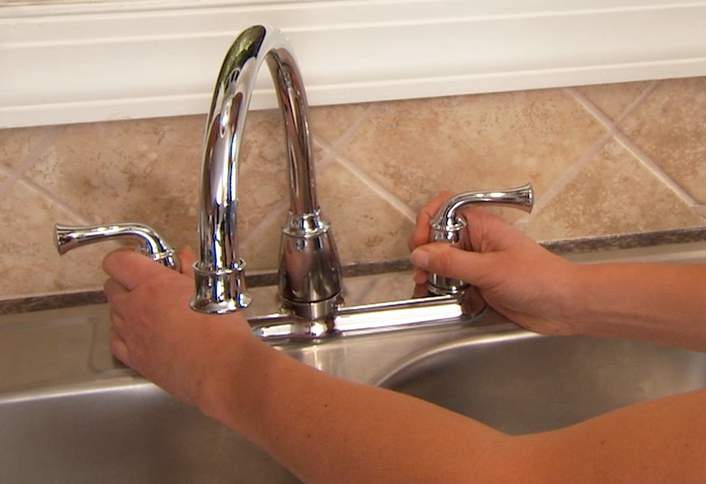
The Importance of a Good Kitchen Sink Faucet
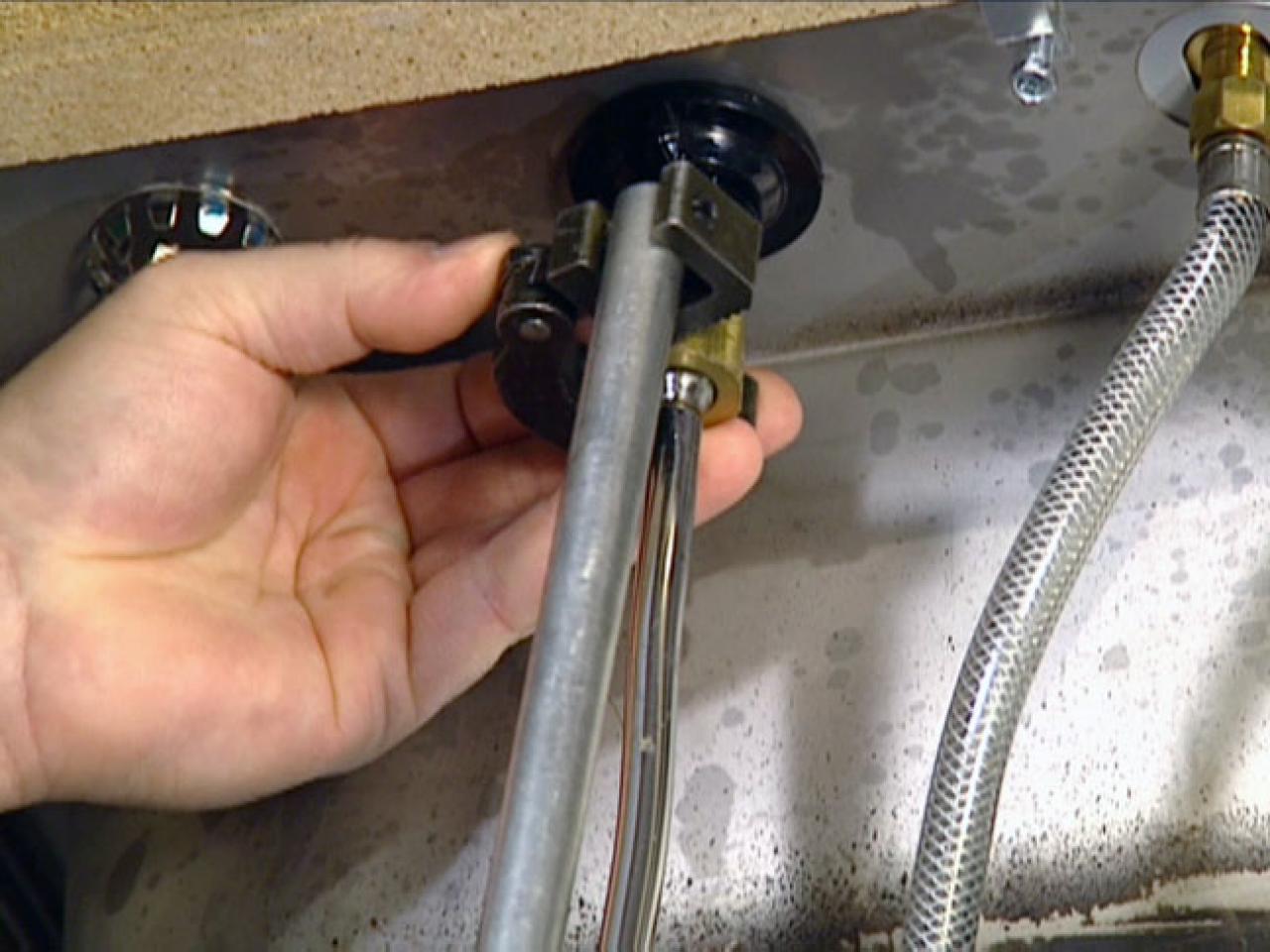 When it comes to designing or renovating your kitchen, the
kitchen sink faucet
is often an overlooked element. However, it is an essential part of your kitchen and can greatly impact the overall look and functionality of the space. A
kitchen sink faucet
is not just a simple fixture, but it is also a tool that you use every day for various tasks such as washing dishes, filling pots, or getting a glass of water. Therefore, it is important to choose the right
kitchen sink faucet
that not only complements your kitchen's design but also meets your practical needs.
When it comes to designing or renovating your kitchen, the
kitchen sink faucet
is often an overlooked element. However, it is an essential part of your kitchen and can greatly impact the overall look and functionality of the space. A
kitchen sink faucet
is not just a simple fixture, but it is also a tool that you use every day for various tasks such as washing dishes, filling pots, or getting a glass of water. Therefore, it is important to choose the right
kitchen sink faucet
that not only complements your kitchen's design but also meets your practical needs.
Factors to Consider When Choosing a Kitchen Sink Faucet
 Style:
The
kitchen sink faucet
comes in a variety of styles, including traditional, modern, and industrial. It is important to choose a style that fits the overall design of your kitchen. For example, a modern
kitchen sink faucet
would look out of place in a traditional kitchen.
Mounting:
There are two types of mounting options for
kitchen sink faucets
- deck mount and wall mount. Deck mount faucets are attached to the countertop, while wall mount faucets are attached to the wall above the sink. Consider your kitchen's layout and the size of your sink when deciding on the mounting option.
Material:
Kitchen sink faucets
come in a variety of materials such as stainless steel, brass, and chrome. Each material has its own advantages and disadvantages, so choose one that fits your budget and maintenance preferences.
Features:
Kitchen sink faucets
now come with a range of features such as pull-out or pull-down sprayers, touchless technology, and water filtration systems. Think about the tasks you commonly do at your kitchen sink and choose a faucet with features that will make those tasks easier.
Style:
The
kitchen sink faucet
comes in a variety of styles, including traditional, modern, and industrial. It is important to choose a style that fits the overall design of your kitchen. For example, a modern
kitchen sink faucet
would look out of place in a traditional kitchen.
Mounting:
There are two types of mounting options for
kitchen sink faucets
- deck mount and wall mount. Deck mount faucets are attached to the countertop, while wall mount faucets are attached to the wall above the sink. Consider your kitchen's layout and the size of your sink when deciding on the mounting option.
Material:
Kitchen sink faucets
come in a variety of materials such as stainless steel, brass, and chrome. Each material has its own advantages and disadvantages, so choose one that fits your budget and maintenance preferences.
Features:
Kitchen sink faucets
now come with a range of features such as pull-out or pull-down sprayers, touchless technology, and water filtration systems. Think about the tasks you commonly do at your kitchen sink and choose a faucet with features that will make those tasks easier.
Installing Your Kitchen Sink Faucet
 Once you have chosen the perfect
kitchen sink faucet
for your home, it's time to install it. If you have experience with plumbing and feel confident, you can install it yourself using the instructions provided by the manufacturer. However, if you are unsure or uncomfortable with DIY projects, it is best to hire a professional plumber to ensure that the installation is done correctly.
In conclusion, choosing the right
kitchen sink faucet
is an important aspect of designing your kitchen. Consider the style, mounting options, material, and features when making your decision. And remember, if you are not confident in installing the faucet yourself, it is always best to seek professional help to ensure a successful and functional addition to your kitchen.
Once you have chosen the perfect
kitchen sink faucet
for your home, it's time to install it. If you have experience with plumbing and feel confident, you can install it yourself using the instructions provided by the manufacturer. However, if you are unsure or uncomfortable with DIY projects, it is best to hire a professional plumber to ensure that the installation is done correctly.
In conclusion, choosing the right
kitchen sink faucet
is an important aspect of designing your kitchen. Consider the style, mounting options, material, and features when making your decision. And remember, if you are not confident in installing the faucet yourself, it is always best to seek professional help to ensure a successful and functional addition to your kitchen.


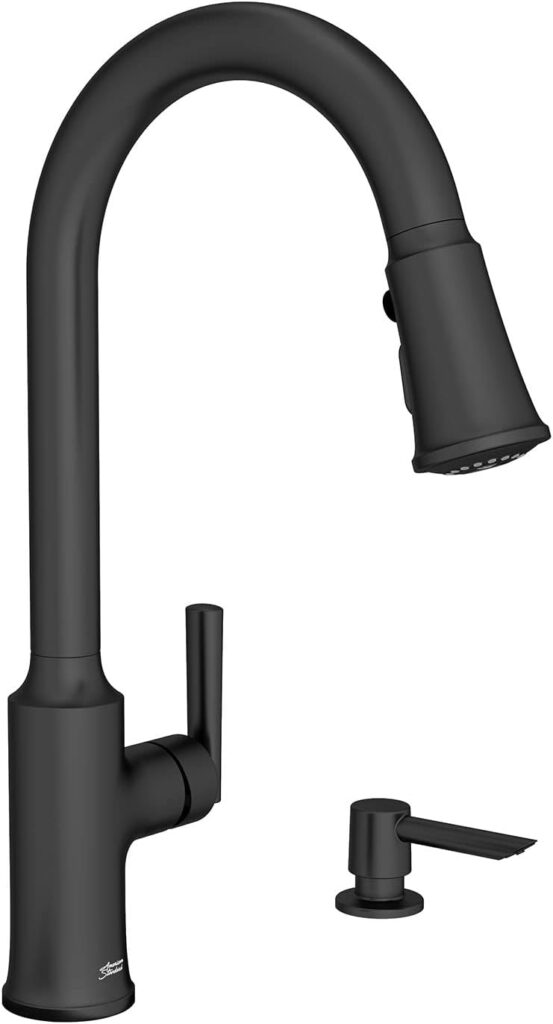









:no_upscale()/cdn.vox-cdn.com/uploads/chorus_asset/file/19495086/drain_0.jpg)
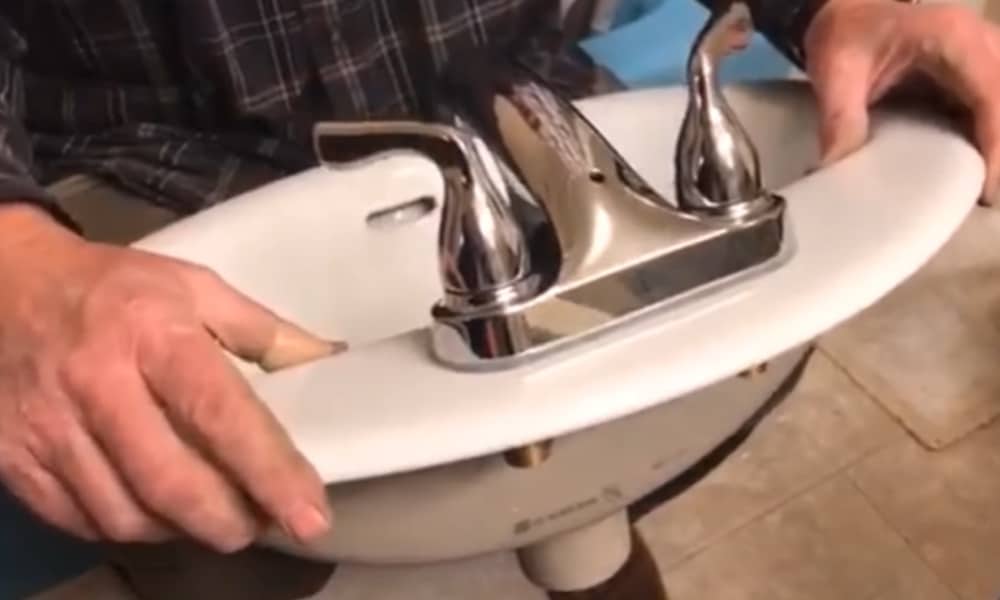


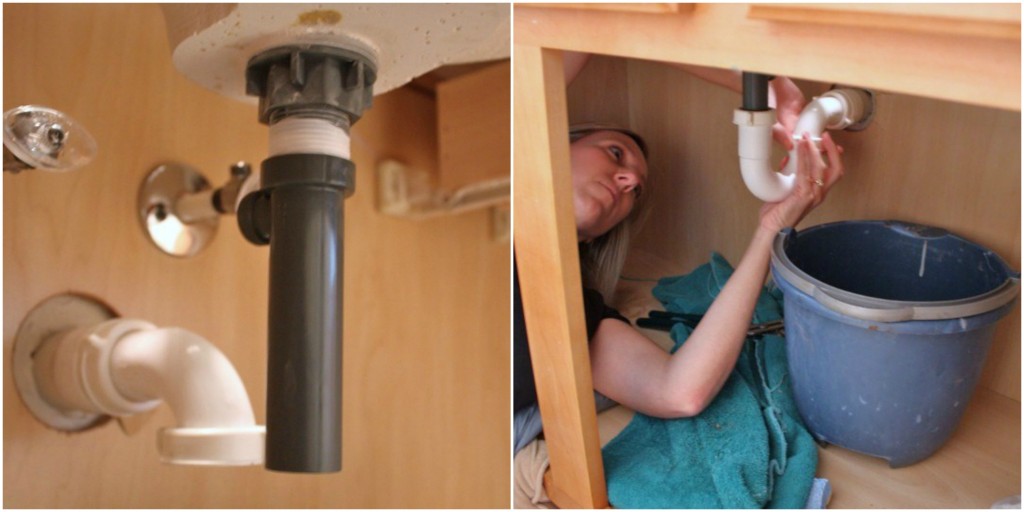


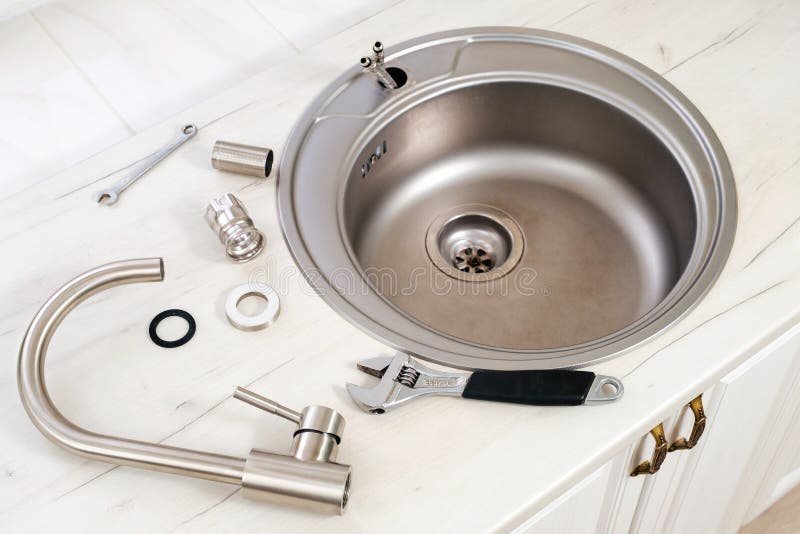











:no_upscale()/cdn.vox-cdn.com/uploads/chorus_asset/file/19495086/drain_0.jpg)
